TILIA cordata ‘Winter Orange’ (small-leave lime)
84,90 €
This small-leaved lime has orange wood in winter. The foliage of TILIA cordata ‘Winter Orange’ is bright yellow. The flowers smell delicious in summer.
Description
TILIA cordata ‘Winter Orange’ belongs to plants with plenty of advantages:
First, the wood of this small-leaved lime takes on a bright orange tone in winter. Then, its foliage is particularly green. Furthermore, the flowers fill the garden with a delicious scent at the beginning of summer. Finally, in autumn, its foliage turns a bright yellow (see photo).
In addition, this lime tree grows much more slowly than the type species. As a result, it can find its place in small gardens.
In addition, this small tree constitutes a source of food for bees.
Only few plants can claim to be interesting in every season.
How to grow and care for TILIA cordata ‘Winter Orange’?
Plant this small tree in full sun (sun from 12 to 5 p.m., or even all day) or in partial shade (no sun from 12 to 5 p.m.).
The soil may be light, normal, or heavy and moist, moderately moist or dry. The pH can be acidic, neutral, or calcareous.
This plant is straightforward to grow and is suitable for beginners and experienced gardeners alike.
If necessary, you can prune it at the end of February or the beginning of March before bud break. However, this is unlikely given its low growth.
For a good preparation of the pot or ground, we have designed specific instructions available here. Furthermore, discover here how to water your garden and save water.
History and Origin
The type species, TILIA cordata is endemic from Europe to the Caucasus and the edge of West Asia.
Small-leaved lime trees are quite resistant to disease.
Since the 17th century, gardeners have used them as an ornamental plant. The famous Unter den Linden boulevard in Berlin bears witness to this with its four rows of lime trees. Moreover, Germany has some of the oldest living specimen (up to 1,100 years old).
The very fine wood is used for carving.
Nations such as the Czech Republic, Slovakia, and Latvia consider it their national tree.
The flower stems are used for the production of medicine.

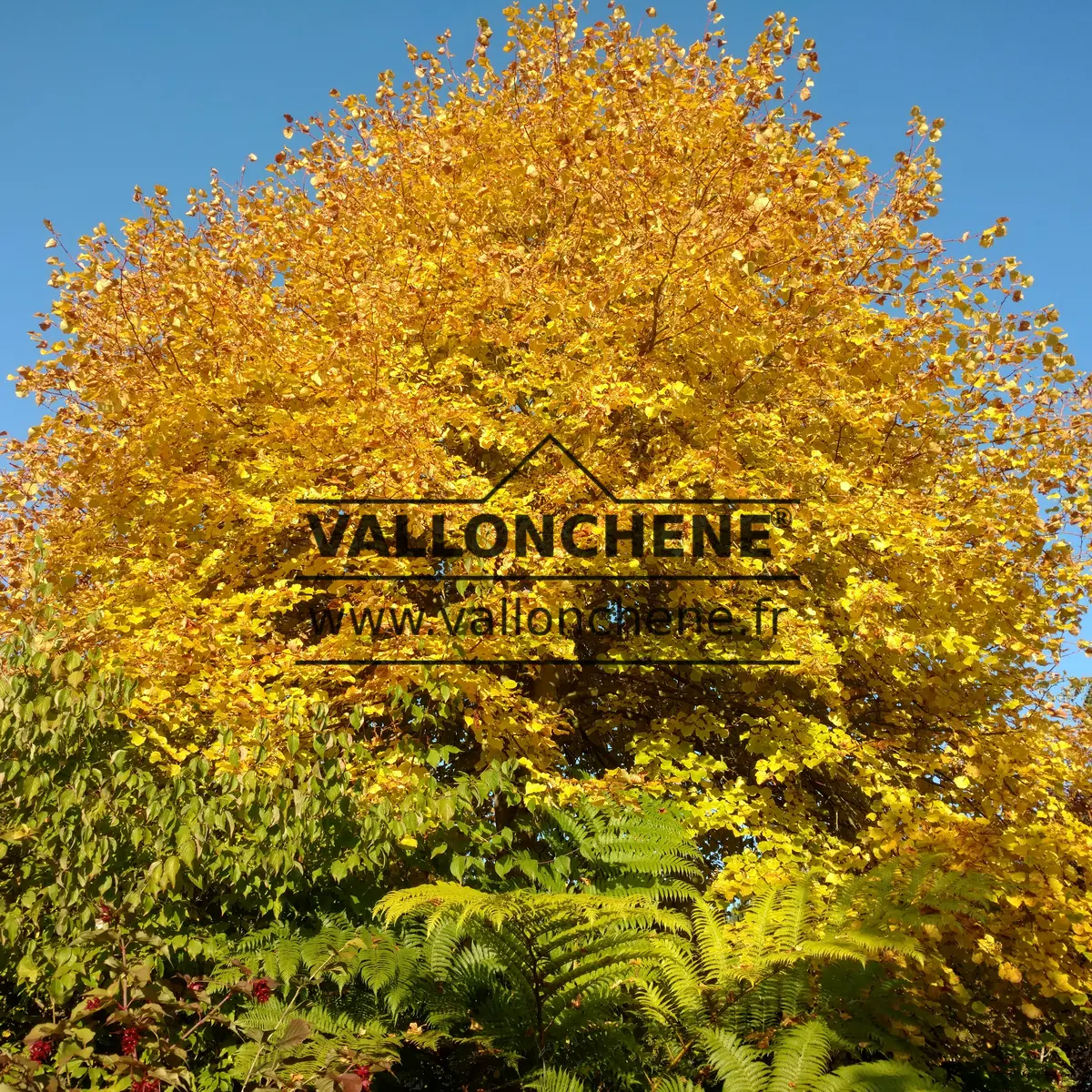
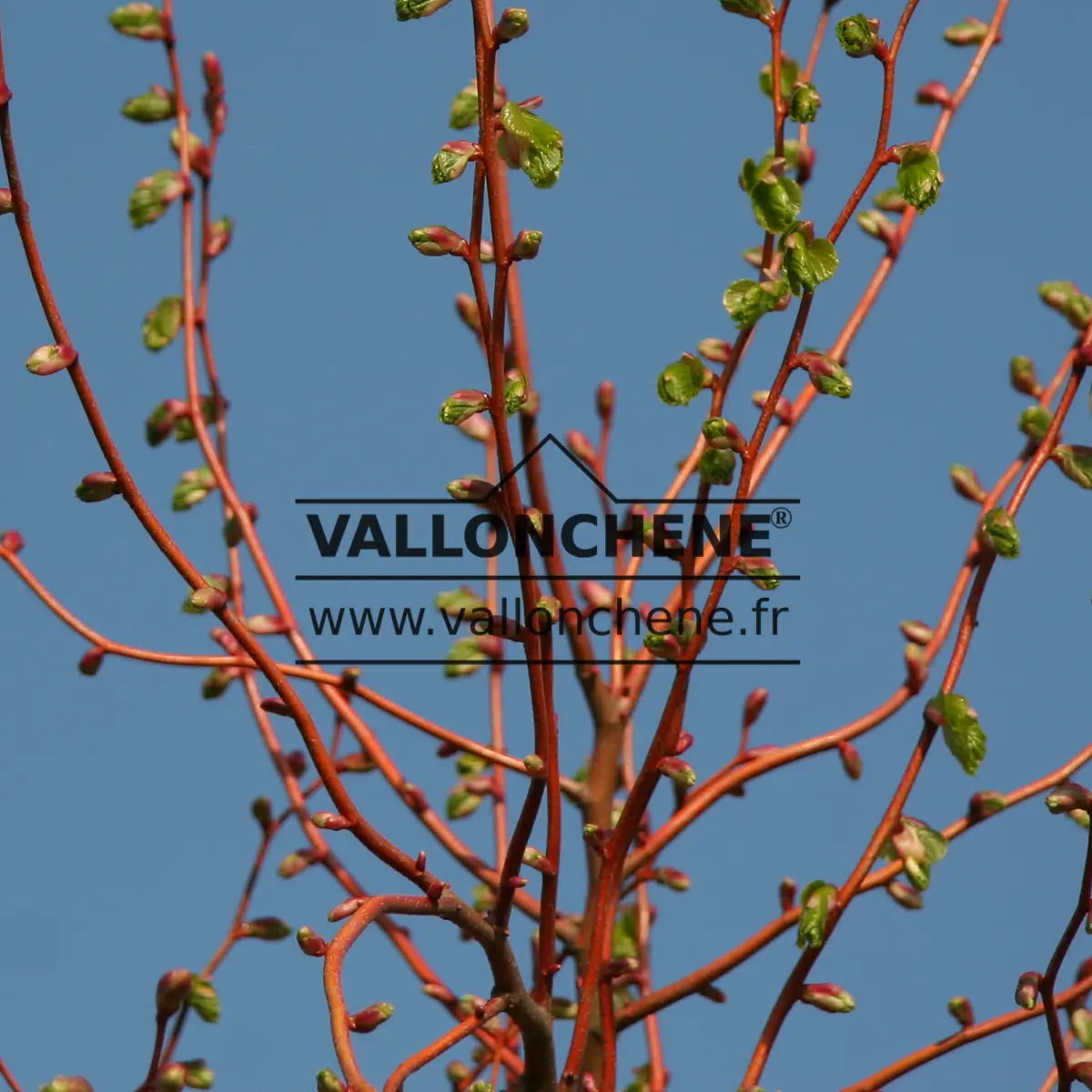
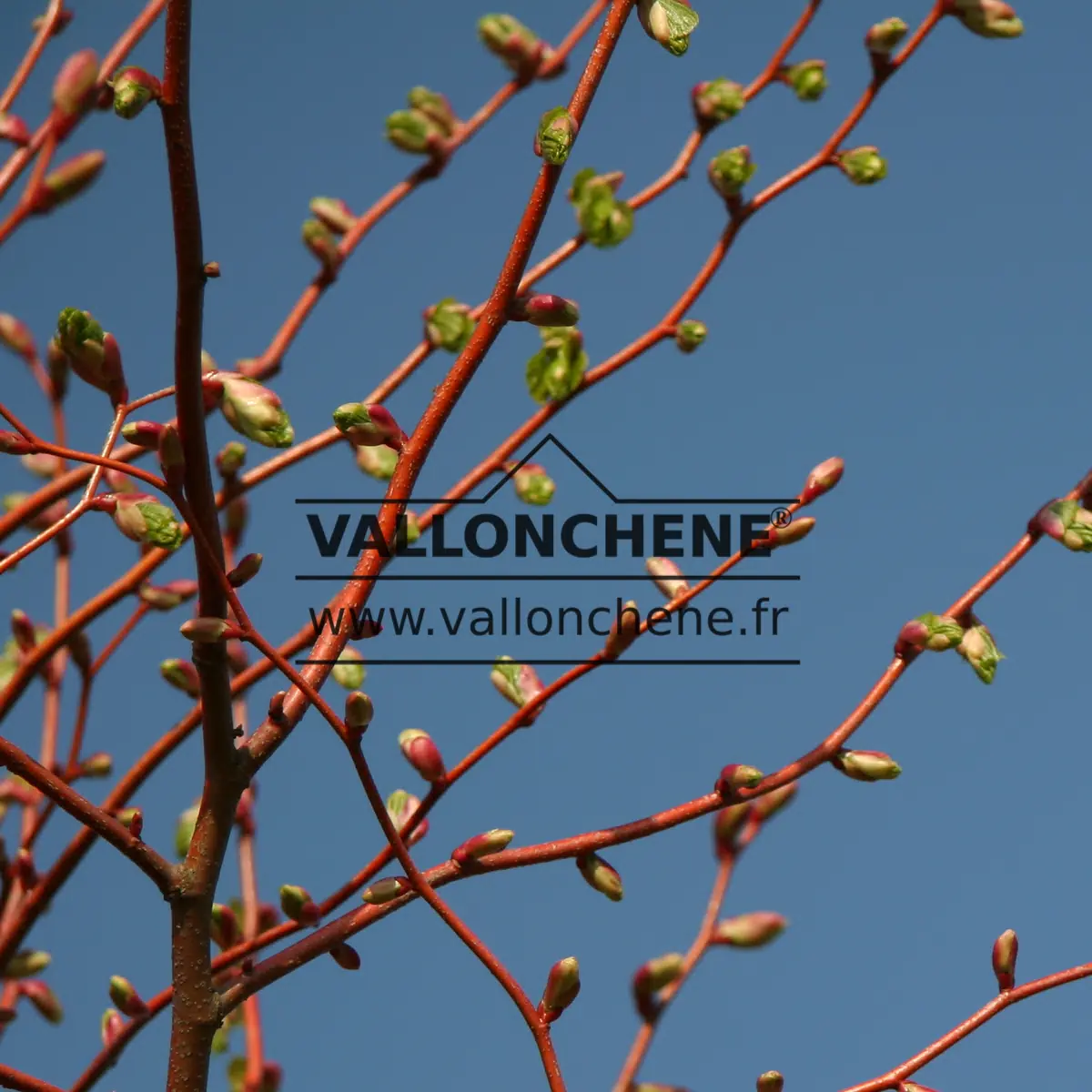
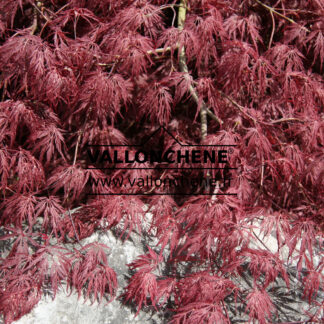
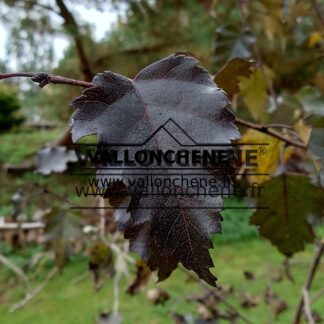
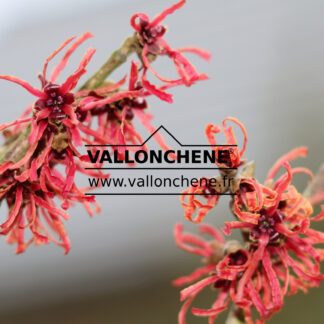


Reviews
There are no reviews yet.